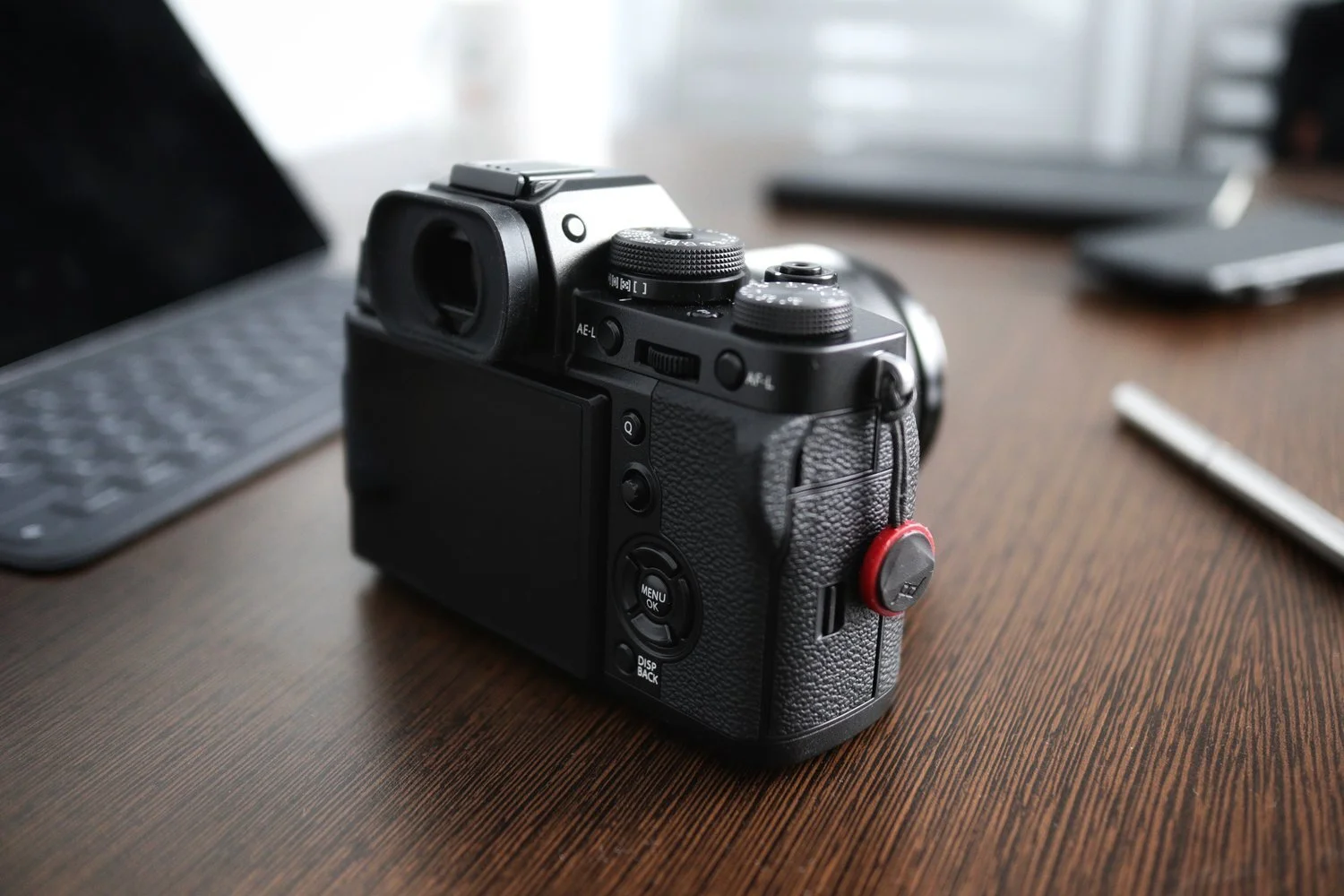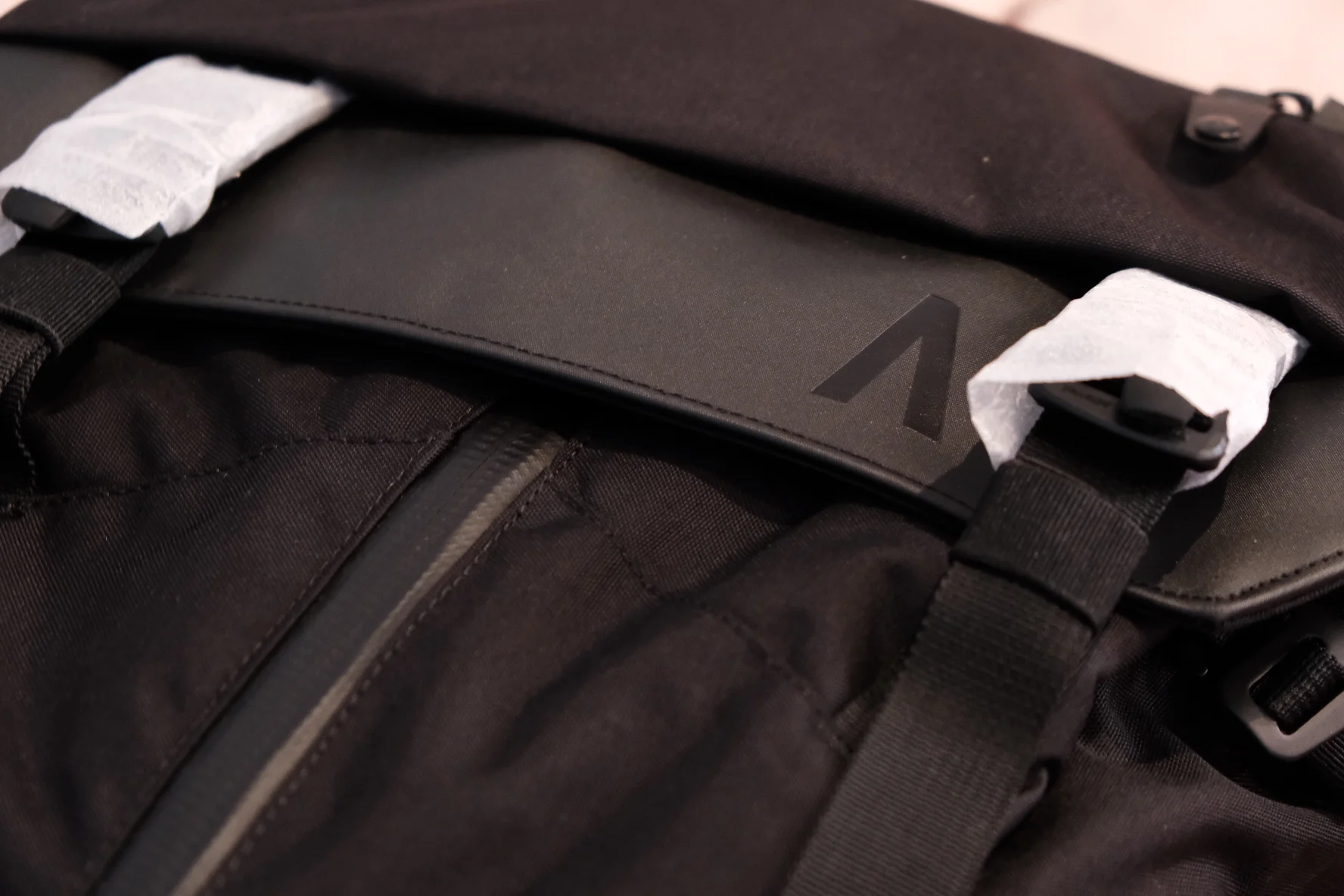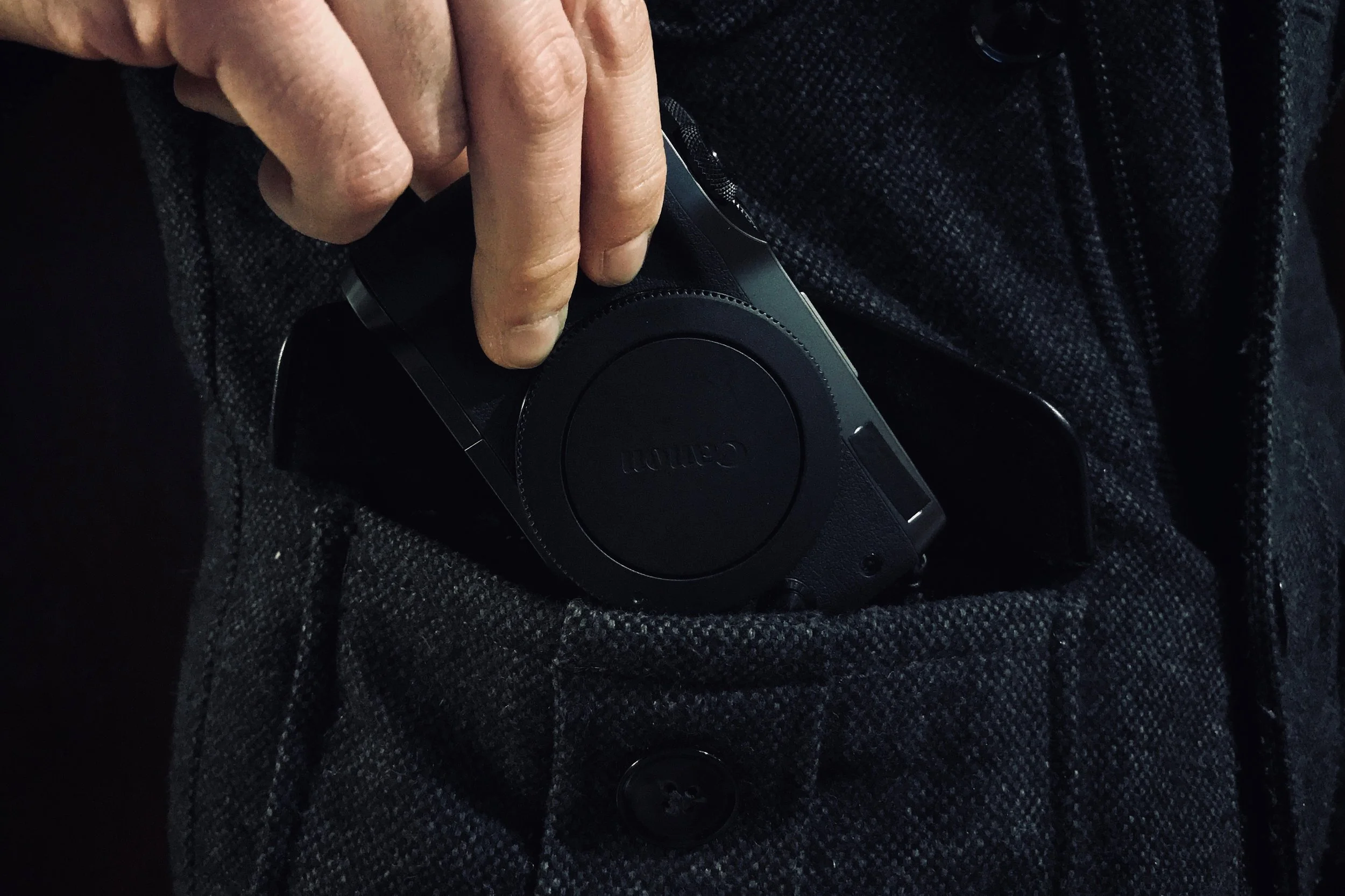Fujifilm X-t3 Review: A photography enthusiasts view about using a Fuji for the first time
2018 was no doubt the year for mirrorless. The biggest camera manufacturers put out there best attempts at full frame mirrorless cameras while some veterans watched and the others joined in. Not all camera releases were a hit success, and buried in the full frame announcements was one camera, a few millimeters shy of full frame, that seemed to surpass all the other camera releases and undercut the competition. That being said, did Fujifilm release the best camera of 2018? Does the X-t3 perform as well as its specs should suggest?
For those who dont know, my first cameras was the Canon m10 which I quickly upgraded to the m6 soon after. These cameras are from Canons aps-c mirrorless line. The cameras are great. They do not break new ground, but the quality is good and the price is descent. In a relatively recent article I wrote that I left Canons mirrorless line because of my lack of faith in Canons future innovation and the M-lines small native lens selection.
When it came time to look for a new camera 2018 had a brand new full stock of shinny cameras. I was looking to upgrade the M6 for a camera that I would be able to use in a professional manner. Price of the camera, quality, reliability of the brand, price of the lenses, quality of the lenses, and features were all considerations. Out of many cameras to choose from, I ended with the Fujifilm X-t3.
Why Fuji?
Why the X-t3 and not something like a Sony a7ii, a great camera at a great price, or some of the other new cameras? To begin the Fujifilm hit my price range. I set a budget of less than $2000 with lens. The Fujifilm came in at $1800 with a kit lens (more on the lens later) or $1500 for the body. I would like you to hold this thought as you read the rest of this review.
The other reason I went with Fujifilm is they are heavily invested in APS-c sized cameras. Unlike other manufacturers, Fujifilm heavily dedicates resources into making sure their cameras and lenses for their APS-c cameras are top-notch and plentiful. I enjoy the APS-C size because of the small bodies and lenses but still providing good quality and depth of field.
In use for an enthusiast?
Since I am relatively new to cameras, I will commonly compare the m6 to the x-t3. The M6 was an easy to get into camera. Focus was excellent, touch screen was iPhone like, and the camera felt good in hand.
Upon picking up the X-t3 I felt lost. The x-t3 is littered with buttons and dials and not all of them are labeled. It was like walking into a foggy forest not knowing where to go and not knowing how to use my compass. I quickly came into the menu and found the Fuji menu to be quite simple and easy, relatively to cameras, like the Canon menus were.
After some research I found out what I was really dealing with. The x-t3 is a completely customizable camera, except for the wonderful independent exposure dials, every buttons and dials on the X-t3 is customizable. After a few days of using and changing the buttons to my liking, I felt more at home.
This is one of the strengths of this camera especially for professionals. The camera can be adapted to your shooting style. Once I set the buttons to what I want them to be it was like the fog cleared and I could see what this camera was really like.
With the M6 I would often shoot in manual mode and adjust my exposure setting individually. Manual or a semi-manual modes is where Fuji shines thanks to their cameras independent exposure dials. The X-t3 has independent dials for shutter speed, aperture, and ISO. No need to have unlabeled dials or fiddle through menu systems to change these monumental exposure settings. I can quickly and easily see what my setting are or change them on the fly.
Alternatively you dont need to use the dials, you could program any button or unmarked dial to change these setting. You can follow the path laid out for you or make your own. You could even set all of the camera into automatic but still have the ability to adjust a specific setting when you need to. This is a profound experience that made me feel comfortable while still leaving me open to more advanced configurations.
After I got through this tutorial phase I then used the camera extensively for a couple months. This is how I felt about the X-t3.
Ergonomics?
The x-t3 is a robust, all metal, camera that feels like a tank in hand. Unfortunately, as much as this is a pro it yields as a con because the lack of pronounced grip. The x-t3 features a small, m6 like, grip but where the m6 was comfortable the x-t3 is large and much heavier making the grip not suitable to hold the heavy camera with confidence. I ended up buying a L bracket with grip to help handle the camera better but this adds significant weight and heft to the camera.
Besides the grip the camera feels good in the hand. The camera is dense and sturdy. No buttons get in the way and all the buttons, except for the shutter button, feel well-placed.
The shutter button is the only button that does not feel ergonomically placed. On my M6 and on other high end cameras the shutter button is situated on an angle so the index finger can naturally hit it. The x-t3 shutter button sits flat on top or 90 degrees to the top face of the X-t3. This is not a big deal and my only complaint about the buttons.
The buttons all feel great. The drive dials have just enough resistance, so they dont skip drive modes by accident. The shutter and ISO dials have locks which keep them on automatic when in a bag. The buttons, especially the shutter button, feel wobbly but not enough to say they feel bad. Everything else about the camera feels like it should for the price.
Touch screen?
Where the M6 impressed me was in its smartphone like touchscreen. It was super responsive and fluid. The x-t3 offers three methods of control; touchscreen, joystick, and selector buttons. The joystick and selector buttons are great, but the touch screen falls flat. I find the touch screen to be sluggish and while swiping through images there is a lot of stuttering to the point where I dont know if i swiped to the next similar image. Sometimes it misreads my pinch as a swipe and tries to move to the next image. The stuttering persists even in other user interfaces such as pinching to zoom in or out or pinching out to see multiple images.
Touch screens are “life” in modern devices, so I expect a device that proclaims to a have touch screen interface to at least have a decent one. Unfortunately, the touch screen is an area where Fuji needs to focus its firmware updates.
Performance?
I will try not to throw out crazy figures and specs but instead try to explain my experience using the camera and the performance I felt. If you need numbers here is photons to photos chart to compare cameras or here is Fuji’s spec sheet for the X-t3.
The new x-t3 uses Fuji’s new backside illuminated 26 megapixel xtran sensor. The increase in resolution was off-putting as I was expecting noisier images but I guess because of the backside illuminated sensor and new image processor the camera performs well. I have no complaints about noise as the camera preforms the same if not better than my m6.
Dynamic range of this camera is great. It is actually noticeable compared to my M6. Because I dont want to get too technical, I will leave it at that.
Where Fuji shines are in their film simulations. These color profiles look great and are a great way to shoot jpeg and use the picture straight out of camera for quick turnaround. The standard picture profile has pleasing colors and I even enjoy it more than Canons. While Canons picture profile is nice, the strong magenta hue is starting to wear on me.
Viewfinder and screen?
I was never a frequent user of the viewfinder but the x-t3 is starting to convert me. I find that the EVF consistently provides me with a view of what my final image will look like. I was impressed when shooting a video playing on my ipad and I could watch the video through the viewfinder as though I was seeing it through my own eyes. Compared to my M6 the x-t3 viewfinder has noticeably more resolution than the external viewfinder of my M6. The x-t3 sports a 3.69 million dot EVF. The viewfinder is a pleasure to use and In find myself using often.
The LCD screen is about the same quality as my old M6. It does not articulate all the way around, nor does it flip out, but it does add one extra level of articulation that I find useful. This allows me to get down low and take portrait orientation shots. I have no qualms about the screen not being a flip out type as I enjoy using tilting screens for photography.
Features?
As I started to get more familiar with the camera, I realized all the drive modes I use were right on the drive dial. I was familiar with ae bracketing on my M6 but not at this level. The x-t3 allows me to bracket up to 7 images each at 3 ev apart. Just the idea of all that dynamic range makes me giddy.
Other modes that I am not so familiar with is focus stacking, panoramic mode, sport finder mode, boost mode, and more. The camera has many more settings but to list them all would make this article run on forever. Just know that this camera is very versatile. It takes some time to find everything and tweak it but once you are set up the camera it is a pleasure to use.
I raved how much I enjoyed the focus system on the m6 but the x-t3 piles on the features and allows more flexibility. This camera has face detect and even eye detection, a very neat and pro defined feature. The eye detect can be a little finicky but the face detect is right on. I found the focus to be quite good on the x-t3.
The x-t3 has a focus switch oddly placed on the front face of the camera. This switch lets one move between manual, continuous, and single shot focus. Having a dedicated switch for the different focusing modes is great.
I preferred the focus pulls and focusing method of the M6 that allowed smooth pulls without hunting. The x-t3 can sometimes be jittery or harsh in its pulls. This is most apparent in video but not a deal breaker by any means. I adjusted the focus as best as I could in the setting but it is still not at the Dual Pixel AF level. Don’t get me wrong the pulls and focusing is great on the X-t3. Its just that Canons Dual pixel AF was top of its class and after using it you can not unsee it.
The low light focusing on the x-t3 performs well. If all else fails I can set the camera into manual focus with one flip of a switch and then punch into the image using one of the buttons I customized and nail my focus.
I enjoy the x-t3 customization and plethora of buttons but the Fuji sports even more buttons that may not be so obvious. The touch screen allows you to assign swipes along the touch screen to act as buttons. A swipe might change a setting like turn on or off bluetooth. This adds to the number of buttons on the camera. On top of that there is a Q button that opens up a quick menu allowing quick access to frequently used camera settings. The customization of this camera is a strength that many professionals will appreciate.
Video?
Where this camera blew the world away was in its video features. The camera doesn’t have a flip out screen nor that great dual pixel auto focus but it does provide high quality video. This camera can shoot up to 4k 60fps at 400 megabit/second 10-bit 4:2:2 video externally in a 265h codec. It can also shoot 1080 at 120fps as well as many other formats. It does almost all of these at a downsampled video output using the whole sensor. Simply put, the video quality and features are excellent.
The more expensive full frame cameras or the more expensive micro four thirds cameras have previously dominated video in hybrid camera market. The x-t3 holds its own when put up against the big dogs and even surpassing most of them.
The x-t3 does lack a sought out feature, in body image stabilization or IBIS. I talk about IBIS all the time as I think its one of the best features in cameras in recent time and one of the reasons I left Canon. So why leave a camera without IBIS to a camera that still doesn’t have IBIS? Well, If I am going to switch cameras it’s to go to company I can trust to make the right choice in the future and I felt Canon wasn't going to do that. Based on Fuji’s track record I feel confident they will move some of their IBIS tech to other cameras. (More on lens stabilization in the kit lens section)
App and connectivity?
The x-t3 features bluetooth and Wi-Fi which it uses to connect to the smartphone app. The integration of the bluetooth I found quite interesting. Once you turn on the camera it will try to connect to your paired bluetooth device such as your smart phone. It will then pull location and time data for your pictures. I found this method seamless and not intrusive while helping me geo stamp my images.
The Wi-Fi works with Fujifilm’s app called Fujifilm Camera Remote. This app lets you release the shutter remotely, change the setting of the camera, or preview what your camera is seeing. While the app is simple and does what I needed it to do, I constantly had trouble connecting to it. Connection seemed to cut out frequently and many times it would not connect to the camera at all. I am not having a pleasant experience with the app but my hope is fuji, like with all their other firmware updates, will improve upon this experience.
Kit lens?
The kit lens that comes with this camera is great and if bought with the camera you can get a $300 discount. The lens is all metal with a metal mount and is not at the kit level standard but instead beyond it. This lens is only marginally soft wide open but quickly becomes very sharp after f/6 at every focal length.
Besides being quite sharp the lens is quite fast, starting at f/2.8, and sports a great image stabilization system. The image stabilization is extremely impressive for stills. I held the camera for half a second and took a very sharp image.
The lens is quite fast for a kit lens starting at f/2.8. This means I can get quite blurry backgrounds as shown in the photo.
Overall this is a great standard zoom lens but I know when I get hungry again Fuji has a wide selection of sharp lenses for me to choose from. As of right now, months into the camera, I have yet to buy another lens.
Conclusion
The X-t3 performs very well for its price point. Fuji dedication to its brand and constant firmware updates means this camera will see upgrades for years to come. Fuji’s native lens are plentiful and provide high quality glass. The x-t3 is offering more than some of its full frame competition. It’s hard to believe it does all of this at $1500 msrp.
Great AF, dynamic range, features, lenses, and dedicated control dials provide an amazing experience while using the camera. Fuji is leading the aps-c market with cameras that can even be compared to more expensive full frame counterparts. If this is what Fuji has to offer then I want more.






Update: The fuji ecosystem is already paying off. With new firmwares I can now charge the camera through usb while using it. Updated AF makes eye focusing more usable and focus pulls are much more satisfying. Touch screen response is greatly improved.
The app is great for updating the camera. Everytime there is a new firmware the app notifies you and the update to the camera is all done through the app. The app seems more stable on my ipad but through my iphone I still get the occasional crash.
Update 2: The app has been updated and is now faster and more stable. It has surpased the Canon app as my favorite. Fuji keeps assuring me I made the right choice.



















